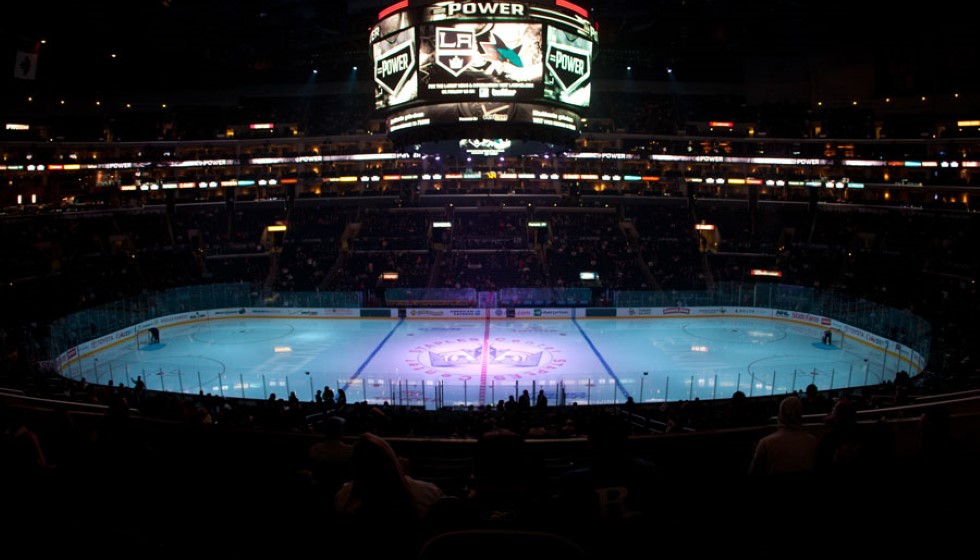
Rangers' Roller Coaster: Early Success and Mid-Season Struggles
As the 2024-25 NHL season began, the New York Rangers appeared poised for success with a promising 12-4-1 record by November 20, 2024. This strong start positioned them fifth in the league standings, merely three points behind leading the Metro Division. Yet, the euphoria was short-lived as the Rangers soon faced a formidable downturn that challenged both players and management.
On November 21, the Rangers suffered a close 3-2 loss to the Calgary Flames, which triggered a troubling stretch. From that point, the team recorded a disappointing 6-16-0 over the next 22 games, significantly affecting their position in the league. This lackluster performance was underscored by a minus-30 goal differential, a stark contrast to their early season prowess.
The repercussions of this slump were evident in the standings. By the midpoint of the season, the Rangers found themselves plummeting to seventh in their division and 14th in the Eastern Conference, a far cry from their earlier fifth-place league standing. The team’s fall prompted management to take decisive action, including trading key players, among them their captain and a former No. 1 overall pick, in hopes of instigating a turnaround.
Veteran forward Chris Kreider, once a cornerstone of the Rangers' lineup, found himself a healthy scratch on December 23. This was a clear signal of the internal shake-ups as the coaching staff sought to revitalize a faltering season. Kreider’s absence underscored the difficult choices facing the team as they grappled with subpar performances on the ice.
The Rangers’ offensive struggles were epitomized by their decline in power play efficiency. Last season, their power play conversion rate stood at an impressive 26.4%, ranking third in the NHL. However, this season tells a different story, with their conversion rate plummeting to 17.1%, landing them near the bottom of the league at 26th. Young forward Will Cuylle experienced this downturn firsthand, spending 32 minutes on the power play without finding the back of the net.
Despite these challenges, Cuylle has been a bright spot in even-strength situations, tying for third on the team with 11 goals scored without the man advantage. His contributions, although not enough to lift the team out of their slump, provide a glimmer of hope for the future.
Defensively, some of the Rangers’ key players have struggled significantly. Mika Zibanejad, once known for his all-around game, ranks a concerning 601st out of 610 players in xGA/60—expected goals against per 60 minutes—among those with at least 200 minutes of ice time. This statistic highlights the defensive vulnerabilities that have plagued the team. Chris Kreider also ranks low in this metric, with 2.96 xGA/60, adding to the issues hampering the Rangers' ability to prevent goals.
As the season progresses, the Rangers face mounting pressure to address these challenges and regain their early-season form. The combination of management changes, strategic adjustments, and player performances will be crucial if they hope to climb from their current position and make a legitimate playoff push.
The Rangers’ journey so far in the 2024-25 season serves as a stark reminder of the unpredictable nature of professional sports. A promising start can quickly unravel, and the ability to adapt remains a vital skill both on and off the ice. The rest of the season will undoubtedly be a test of resilience and strategy for the New York Rangers as they seek to turn the tide in their favor.